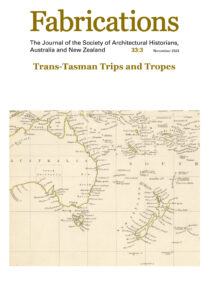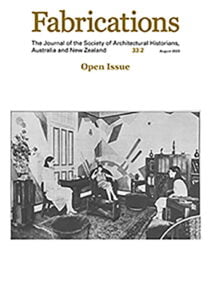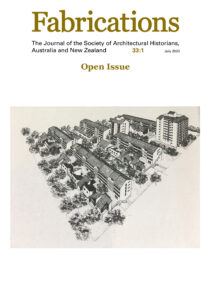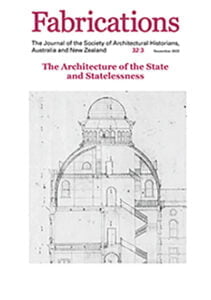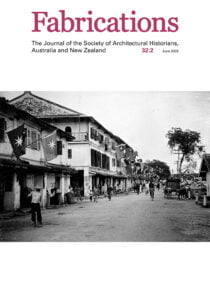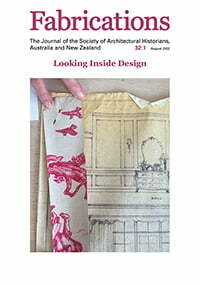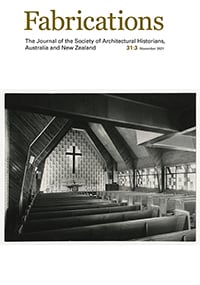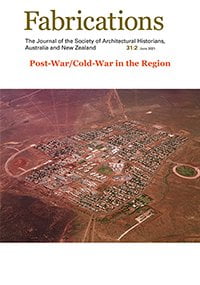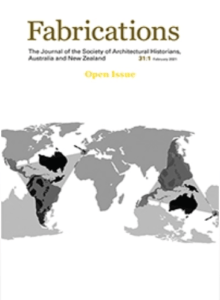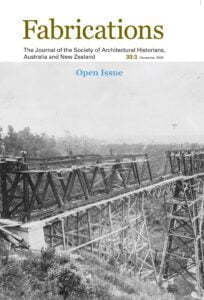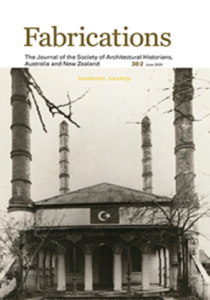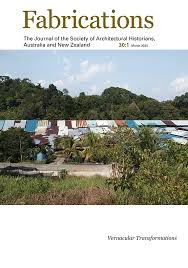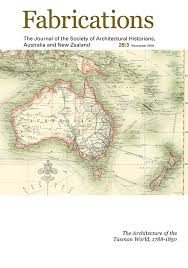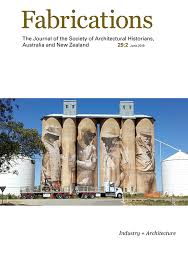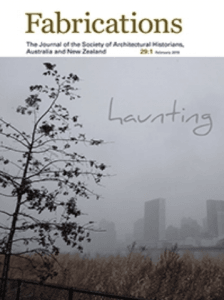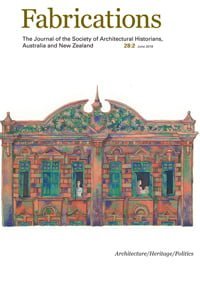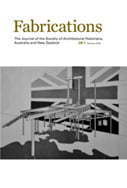Current issue
33.3 (2024)
Under the editorship of G. A. Bremner and Andrew Leach, a 2019 special issue of Fabrications, “The Architecture of the Tasman World, 1788–1850” (29:3), examined the shared history of southeastern Australia and New Zealand when the political entities of Van Diemen’s Land and New South Wales (NSW) were barely minted and modern New Zealand was but a flash in the pan. Bremner and Leach noted that the nineteenth-century architectural history of these places “has long been shaped by the nationalist historiographies of twentieth-century Australia and New Zealand’ and sought to elicit a more nuanced history by turning to a period when the region’s modern national identities were still nascent. For this new special issue, we turn attention to a later period – 1850 to the present – and see how history might be written against the grain of the conventional architectural histories of both Australia and New Zealand.
